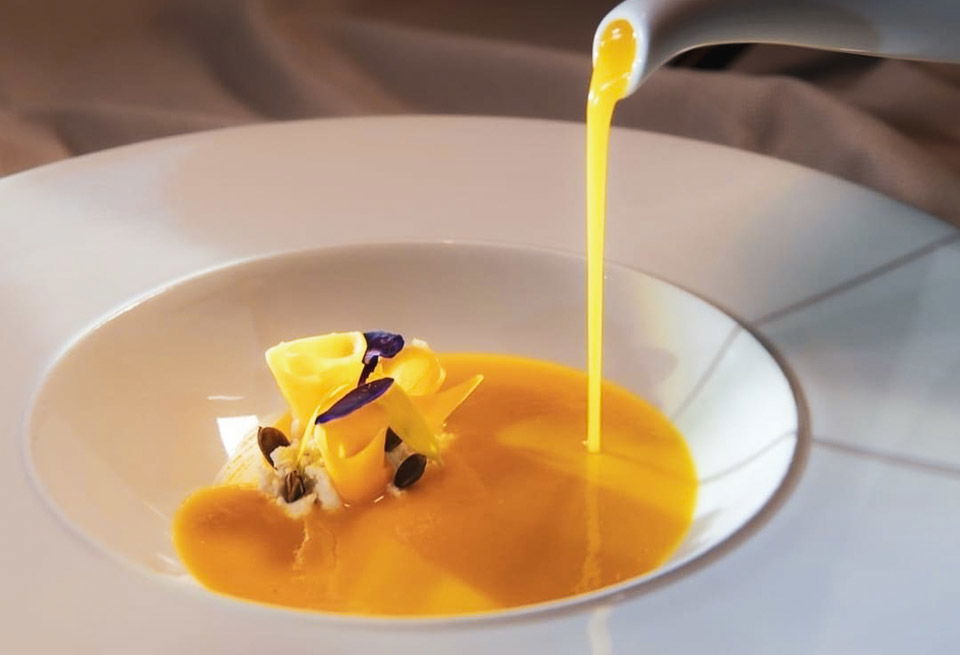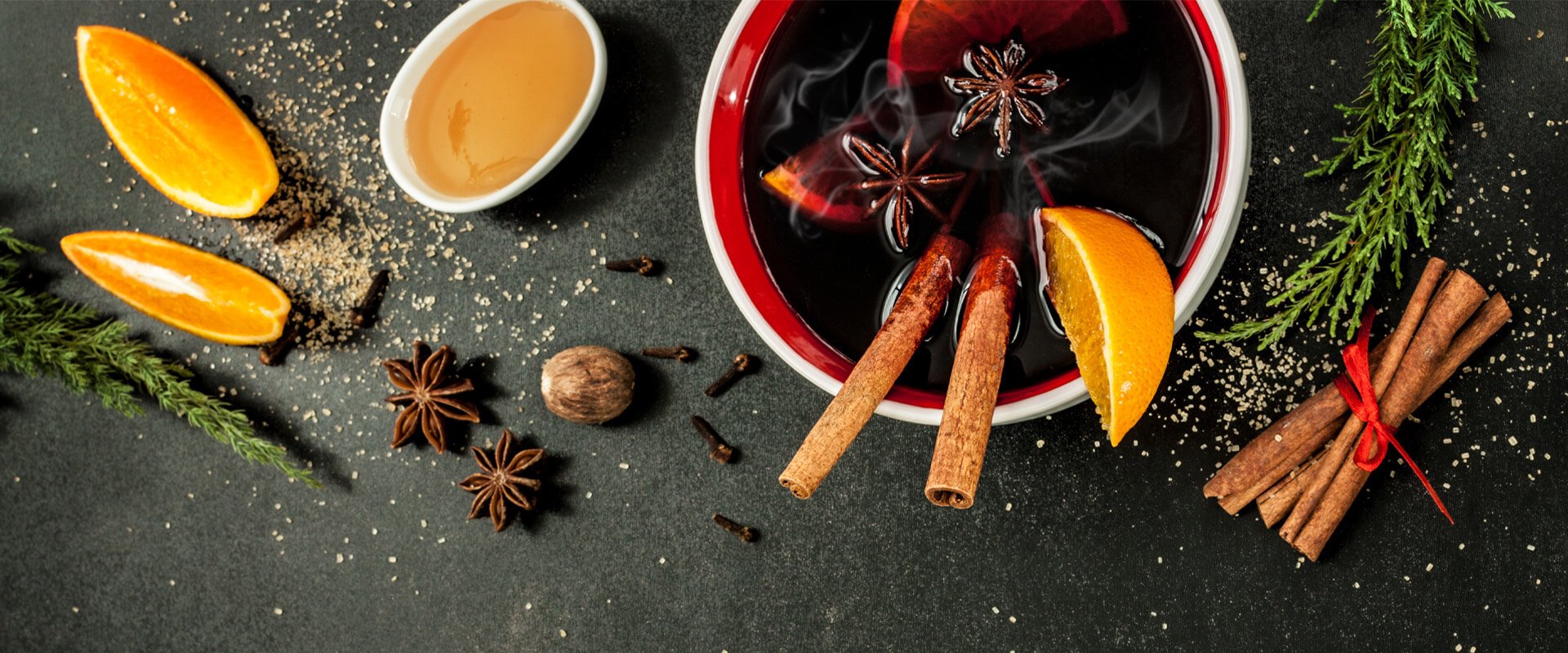
Mulled wine
Favorite way to warm up in cold winter weather
Nothing says winter like several layers of clothes, snow and walking around town while it's decorated with lights, Christmas decorations and stands. Besides hats, scarves and gloves, many people's favorite way to warm up in this cold season is drinking mulled wine.
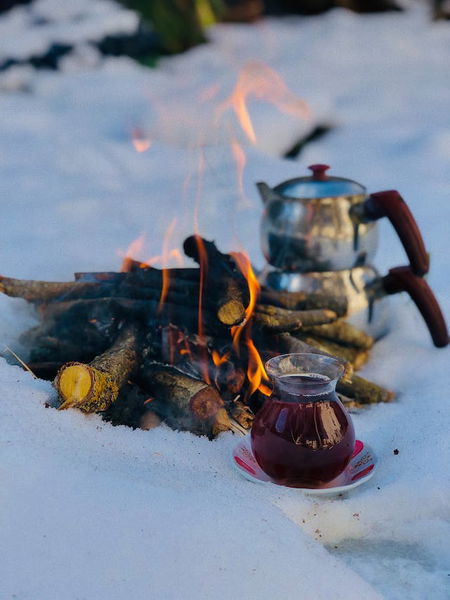 The history of mulled wine begins already in Antiquity, and the well-known love between the ancient Romans and wine is hard to forget. The first records of mulled wine date back to the 2nd century, and soldiers drank it to keep warm during their wars and conquests. The Romans spread their passion for wine throughout Europe and combined it with newly discovered spices, the combination of which became most popular in the Middle Ages because people used these spices to protect themselves from disease and to show off their wealth.
The history of mulled wine begins already in Antiquity, and the well-known love between the ancient Romans and wine is hard to forget. The first records of mulled wine date back to the 2nd century, and soldiers drank it to keep warm during their wars and conquests. The Romans spread their passion for wine throughout Europe and combined it with newly discovered spices, the combination of which became most popular in the Middle Ages because people used these spices to protect themselves from disease and to show off their wealth.
The variety of countries and customs within Europe has led to the fact that almost every country has its own version and name for mulled wine. Although in some countries the popularity decreased over time, in the Nordic countries it was exactly the opposite. Their version is called glögg (gløgg, glögi), and it is made from red wine to which sugar and spices such as cinnamon, cardamom, ginger, cloves and orange are added, and spirits such as vodka and brandy can also be added. It is served with raisins, dried cloves, blanched almonds and ginger biscuits.
Unlike the northern countries, in Germany and Austria the name Glühwein is used, and they add cinnamon sticks, star anise, cloves, sugar, citrus fruits and sometimes vanilla to the red wine during cooking. Today, that version is considered the most famous, so a similar mixture of spices is used in our region, which contains cloves, cinnamon, sugar, orange and nutmeg. In Moldova and Bulgaria, honey and pepper are added to mulled wine, and in Macedonia, cinnamon is used instead of pepper. The most interesting version of this favorite winter drink is the Canadian version, where maple syrup and spirit are added to the red wine during cooking.
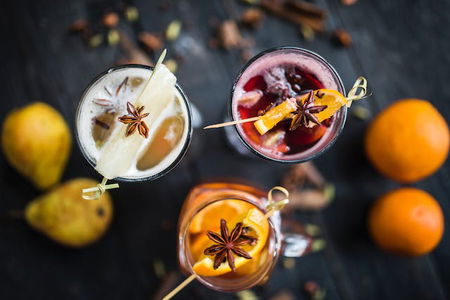
Recipe
Thanks to Charles Dickens and his Christmas story, today we mostly associate mulled wine with the winter and Christmas season. "Can I have a mulled wine?" is probably one of the most common phrases at Advent markets in December, and if you hate waiting in lines or simply prefer the comfort of your home, you'll be glad to know how easy it is to make mulled wine.
The first and most important ingredient - red or white wine. Many say that it is better to use cheaper wines, because the flavor is slightly lost during cooking and after adding spices. Lemons, oranges and clementines are best used fresh and cut into slices, and with the rest of the spices (the most famous are cloves, cinnamon, sugar and star anise) they are added immediately to the pot. Or you can simply add Harissa's ready mulled wine spice mix. The wine is boiled at 60-70 °C so that the alcohol does not evaporate, for about 10 minutes, and when it is ready, either serve it immediately or let it stand for 24 hours in the fridge in order to better mix the flavors (in this version, the wine is reheated before serving ).
If you're not a fan of mulled wine and still want to warm up this winter, try mulled cider or gin, and if you're traveling to Poland, be sure to try "grzane piwo", i.e. mulled beer, which uses sweet Belgian beers and the same spices as wine. At the end of every winter day, it's nicest to warm up with a cup of hot drink surrounded by friends and family, at any stand, or at any kitchen table.
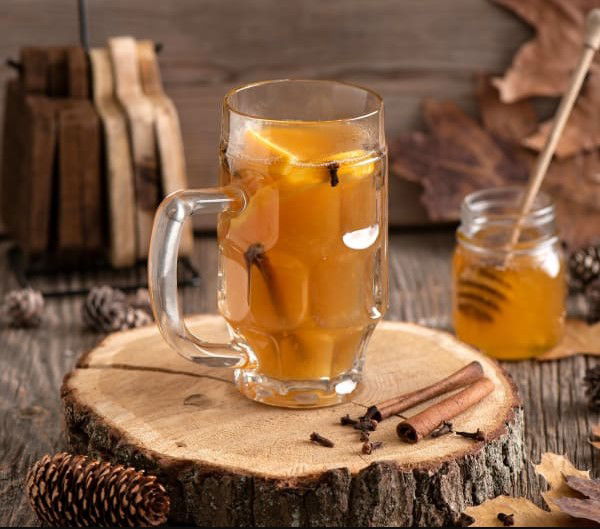
Latest Recipes
We bring you tried and tested recipes of our favorite dishes, culinary tips, and suggestions on how to best combine spices and ingredients for a complete sensory experience.
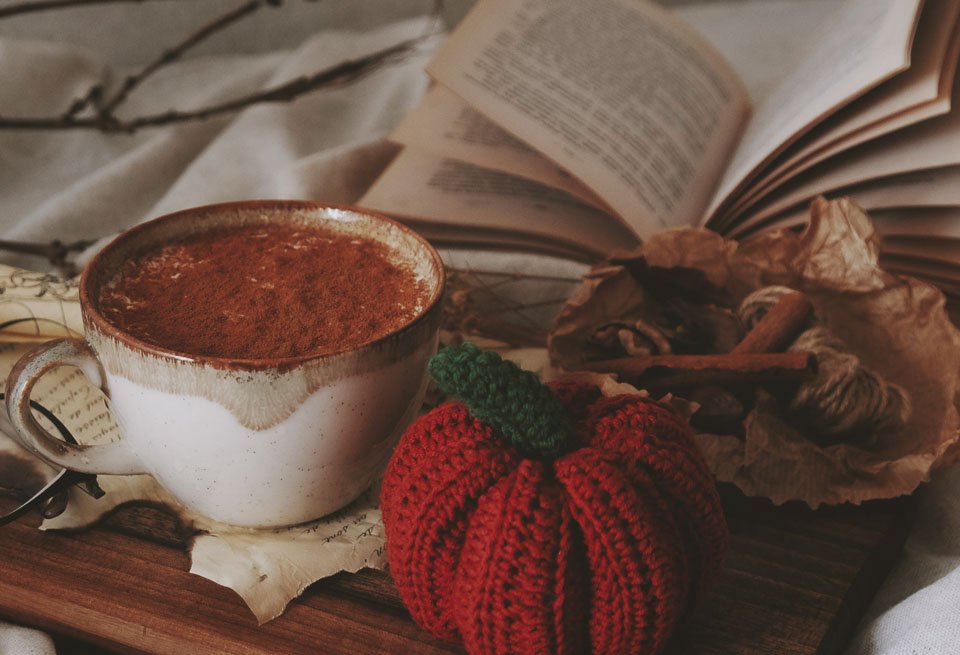
Pumpkin spice latte - The finest coffee with pumpkin flavor
Welcome the first days of autumn with the finest homemade pumpkin spice latte drink bursting with the scents and aromas of autumn.

